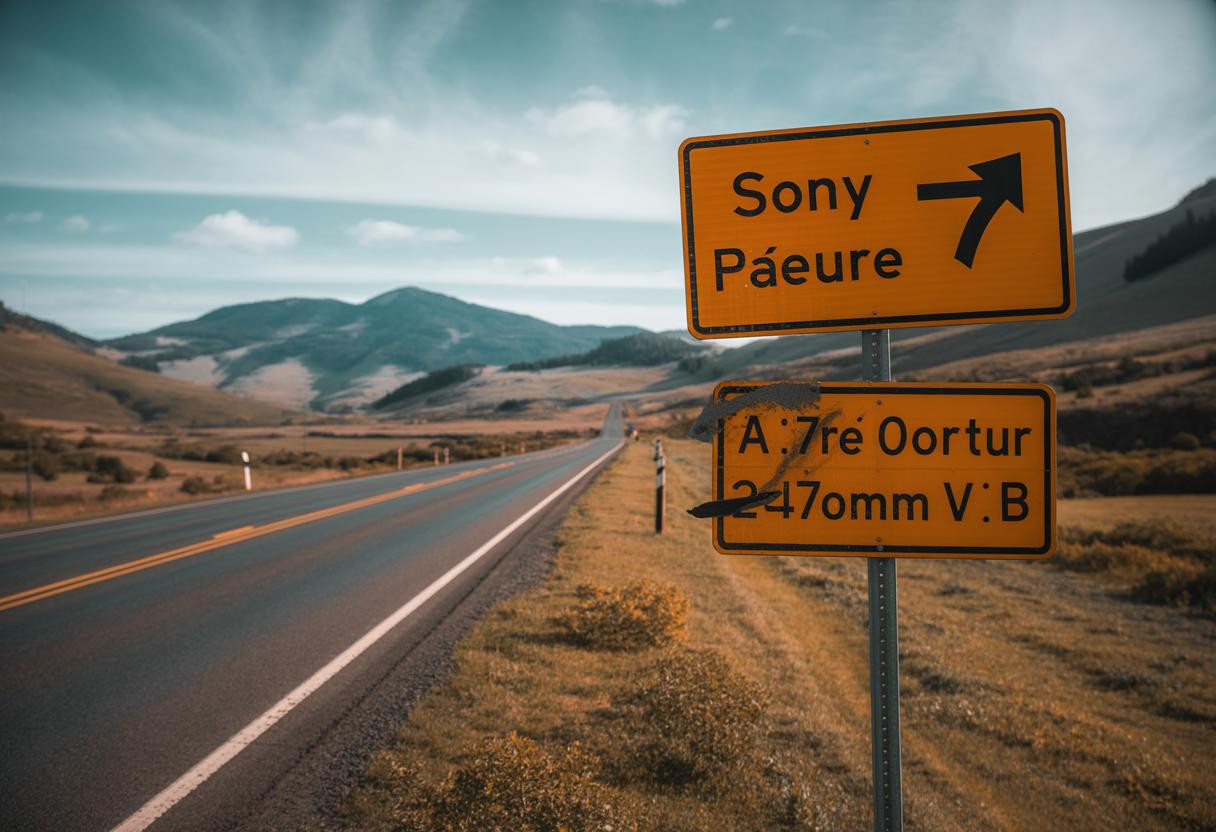The mystery of Oregon’s supposedly road-free town has captivated online audiences, but after diving deep into transportation records and infrastructure reports, the truth reveals something far more complex than viral headlines suggest. No documented Oregon community exists entirely without roads as of June 2025, yet the state faces unprecedented challenges that could reshape how remote areas access essential services.
Oregon’s transportation crisis reveals the real story
While social media buzzes about mythical car-free communities, Oregon grapples with a $6+ billion transportation funding gap that threatens the very roads keeping towns connected. The Oregon Department of Transportation warns that without emergency legislation, routine paving will halt on non-interstate roads by 2027.
This funding crisis affects 241 member cities under the League of Oregon Cities, where local governments face doubling their road maintenance costs. Inflation and rising construction expenses have rendered traditional gas tax revenue insufficient, creating a perfect storm for infrastructure decay.
Recent legislative debates around HB 2025 focus intensely on preserving existing road networks rather than abandoning them, contradicting any notion of intentional road-free living.
What’s actually happening in Oregon’s remote areas
Seasonal access challenges create confusion
Some coastal and mountain communities rely heavily on seasonal roads, trails, or ferry access during certain months. These temporary limitations might fuel misconceptions about permanent road absence, but even the most isolated areas maintain some vehicular access routes.
Emergency services, waste management, and goods delivery require road connectivity, making complete road elimination logistically impossible for established communities.
Multimodal transportation advocacy emerges
Organizations like The Street Trust champion diversified transportation systems that emphasize walking, biking, and transit alongside traditional roads. However, their 2025 transportation package proposals complement rather than replace existing road infrastructure.
Current projects include safety improvements on OR 213 SE 82nd Avenue and high-crash intersection upgrades in Portland metro areas, demonstrating continued road investment priorities.
Understanding the misconception’s origins
The viral claim likely stems from misinterpreting Oregon’s funding debates as infrastructure abandonment. Road maintenance discussions dominate headlines, but these focus on preservation strategies rather than elimination plans.
Intentional communities or eco-villages might minimize vehicle dependence, yet none documented in Oregon eliminate roads entirely. Even environmentally focused developments maintain emergency access routes and service roads.
Some confusion may arise from private road systems or restricted vehicle access in certain developments, but these scenarios don’t equate to complete road absence.
Practical implications for Oregon communities
Rural connectivity remains essential
Oregon’s economy depends on robust road networks connecting agricultural areas, timber regions, and coastal communities to urban markets. Complete road elimination would devastate local economies and isolate vulnerable populations.
Infrastructure investment priorities focus forward
Current 2025 projects include Oregon City’s roadway reconstruction funded by pavement maintenance utility fees and extensive repaving initiatives across state highways. These investments demonstrate continued commitment to road-based transportation.
What this means for transportation planning
Oregon’s real challenge involves sustainable funding models that maintain existing infrastructure while incorporating alternative transportation options. The state’s approach emphasizes multimodal integration rather than road replacement.
Future transportation packages must address both highway maintenance and community transit needs, ensuring connectivity without abandoning proven infrastructure systems.
The fascinating truth behind the myth
While no Oregon town survives without roads, the state’s transportation funding crisis creates an unexpected parallel to the viral claim. Communities face potential isolation not by choice, but through infrastructure neglect if adequate funding doesn’t materialize. The real story proves far more complex and urgent than any mythical road-free utopia.
